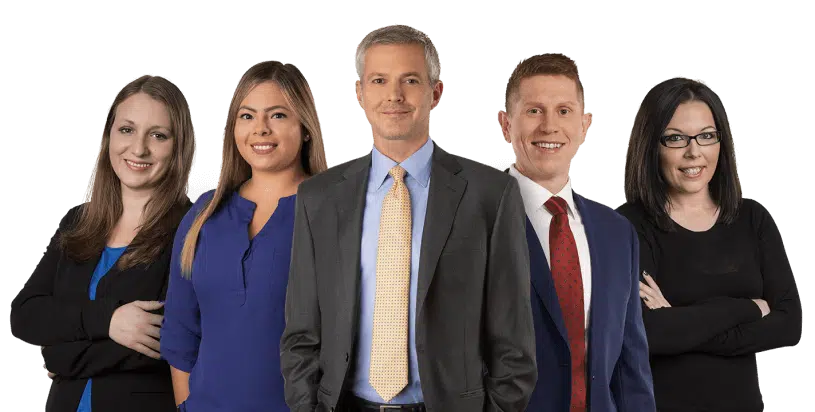1. A Copy of the Police Report
If the police responded to the accident scene, they may have completed a report. This document includes details like the time, date, and location of the collision, which can be beneficial to your claim. In addition, the police report can include witness information and the officers’ observations of the car accident scene, including photographs and video.
2. Eyewitness Testimony
Testimonies from individuals who witnessed the accident can strengthen your case. These witnesses can be other passengers, bystanders, or law enforcement officials. Expert witnesses, like accident reconstruction specialists, can provide further insights.
3. Traffic Camera Footage
Footage from traffic cameras at intersections and major roads can show what actually happened during the accident.
4. Black Box Data
Many vehicles are equipped with “black boxes” that track speed, force of impact, and other collision data. This information can validate crucial aspects of your case.
5. Evidence From the Accident Scene
Photographs of the accident scene and of involved vehicles can be critical pieces of evidence. They can show the impact, type of collision, and other critical details.
6. Your Medical Records
Your medical records are crucial in demonstrating the cause and severity of your injuries, your diagnosis, and the necessary treatments. This evidence can help prove that you suffered harm due to another party’s negligent actions.
